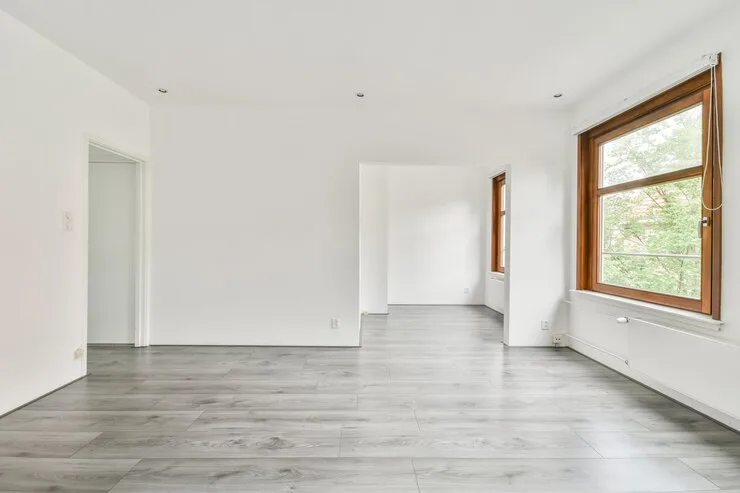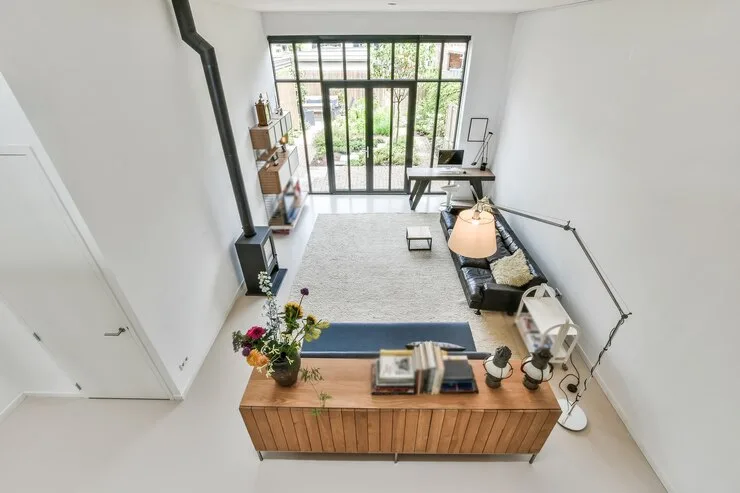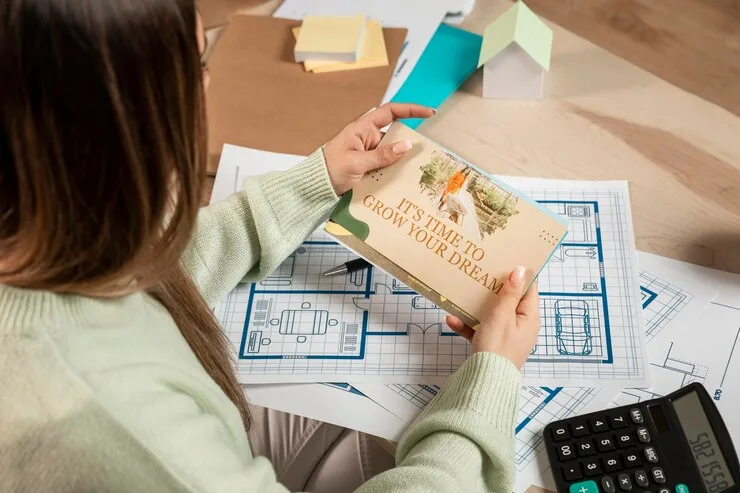
In today’s fast-paced world, homeowners are constantly seeking ways to maximize their space and create functional living areas without breaking the bank. This comprehensive guide aims to provide valuable insights and practical tips for those looking to embark on a budget-friendly room addition project in 2024.
Whether you need an extra bedroom, a home office, or a playroom for the kids, a well-planned room addition can greatly enhance your living experience and increase the value of your property.
Different Types of Room Additions

Understanding the spectrum of room addition options is essential for homeowners looking to enhance their living space in a budget-conscious manner. Room additions vary significantly in form, each offering distinct advantages and considerations tailored to diverse needs and financial plans:
Bump-outs:
- Affordable and efficient, bump-outs extend the footprint of an existing room without the need for a full addition.
- Ideal for adding space to kitchens, dining areas, or living rooms.
- Requires minimal structural changes, making it a less invasive option.
Sunrooms:
- Versatile and light-filled, sunrooms create a bridge between indoor comfort and the natural environment.
- Can be used year-round in some climates with proper insulation and heating.
- Offers a serene retreat or extra entertaining space with panoramic outdoor views.
Garage Conversions:
- Transformative and practical, converting a garage into a living space repurposes underutilized areas.
- Suitable for creating home offices, bedrooms, or dens without altering the home’s footprint.
- Involves insulation, wiring, and possibly plumbing upgrades for full functionality.
Accessory Dwelling Units (ADUs):
- Independent and revenue-generating, ADUs are separate living spaces on the same property as the main house.
- Can serve as guest houses, rental units, or homes for family members, offering privacy and autonomy.
- May require significant investment but can add substantial value and income potential to your property.
By delving into the diverse types of room additions, homeowners are equipped to make decisions that not only meet their unique needs but also align with their budget constraints, ensuring a harmonious blend of functionality, aesthetic appeal, and financial viability.
Benefits of Budget-Friendly Room Additions

Budget-friendly room additions offer numerous benefits beyond the obvious increase in living space. Budget-friendly room additions bring a wealth of benefits, including:
- Avoiding the Need to Move: Stay in your current home and skip the costly, time-consuming process of moving to a larger property.
- Customization Opportunities: Tailor the new space to your personal taste and lifestyle needs, whether it’s for work, relaxation, or entertainment.
- Enhanced Living Space: Increase your home’s living area, providing more room for your family’s activities and needs.
- Increased Property Value: Additions can significantly boost your home’s market value, making it a smart financial investment.
- Flexibility: Offers the chance to creatively use the space, whether it’s adding a bedroom, office, or special-purpose room.
- Cost-Effectiveness: More affordable than buying a larger home, providing a practical solution to space issues.
- Personal Satisfaction: Enjoy the process of making your home more suited to your evolving needs and preferences.
Planning Your Budget-Friendly Room Addition
Planning is a crucial step in any successful room addition project, especially when working within a budget.
- Define the Purpose and Size: Begin by pinpointing exactly why you need the additional space and how much square footage is necessary. This step is foundational in crafting a focused plan and budget, preventing overspending on unused space.
- Establish a Realistic Budget: After determining the room’s purpose and size, calculate a detailed budget. This includes not only construction costs but also potential expenses for materials, labor, and any unforeseen issues that might arise.
- Design and Layout Planning: Carefully plan the layout and design of the addition to ensure it meets your needs while also blending well with your home’s current architecture. Effective design can maximize the new space’s utility and aesthetic appeal.
- Compliance with Regulations: Research and adhere to local building codes and secure any required permits before beginning construction. This due diligence helps avoid legal issues and ensures your addition is built to standard.
- Timeline and Project Management: Establish a clear timeline for the project’s completion, including major milestones and deadlines. Utilize a project management system or tool to monitor progress, budget adherence, and any adjustments needed along the way.
- Consider Long-Term Impacts: Think about how the addition will affect your home’s overall value and functionality in the long term. Planning with foresight can ensure that the room addition remains a beneficial and usable space for years to come.
By investing time in thorough planning, homeowners can set the foundation for a successful and budget-friendly room addition project.
Finding the Right Contractor for Your Room Addition Project
Choosing the right contractor is paramount to the success of your budget-friendly room addition project.
- Conduct Thorough Research: Start your search for a contractor by gathering information from various sources, including friends, family, and industry professionals. Online reviews and contractor websites can also provide valuable insights.
- Seek Specialization: Focus on contractors who have specific experience and expertise in room additions. This specialization can be a key factor in ensuring the project meets your expectations.
- Gather Multiple Estimates: Request detailed quotes from several contractors to compare costs, timelines, and approaches. This step is crucial for understanding the market rate and what each contractor offers.
- Check References and Past Work: Ask for references from previous clients and, if possible, visit completed projects to assess the quality of the contractor’s work. This firsthand insight can help in making an informed decision.
- Ensure Clear Communication: Communication is vital in any construction project. Look for a contractor who listens to your needs, offers clear explanations, and is readily available for consultations.
- Review and Negotiate the Contract: Before signing, carefully review the contract to ensure it covers all aspects of the project, including the scope of work, timeline, materials, and payment schedule. Don’t hesitate to discuss any concerns or negotiate terms.
- Verify Licenses and Insurance: Ensure the contractor is licensed to perform the work in your area and carries the necessary insurance. This protects you from liability and ensures compliance with local regulations.
- Assess Compatibility: Since you’ll be working closely with the contractor, choose someone you feel comfortable communicating with and who understands your vision for the project.
By selecting the right contractor, homeowners can ensure a smooth and cost-effective room addition experience.
Maximizing Space: Design Tips for Small Room Additions

Small room additions can present unique challenges when it comes to maximizing space. However, with the right design strategies, homeowners can create functional and visually appealing spaces even in limited square footage.
Start by utilizing natural light to make the room feel more spacious and open. Incorporate large windows, skylights, and glass doors to bring in as much natural light as possible. Additionally, choose light colors for the walls, flooring, and furniture to create an illusion of space. Clever storage solutions, such as built-in shelves and multi-functional furniture, can help maximize storage without sacrificing floor space.
Lastly, consider the flow and circulation within the room to ensure it is efficient and clutter-free. By implementing these design tips, homeowners can make the most of their small room addition.
Cost-Saving Strategies for Your Room Addition
When working within a budget, it is essential to explore cost-saving strategies to keep expenses in check. Start by repurposing existing materials whenever possible. Salvage and reuse items such as doors, windows, and fixtures to reduce the need for new purchases. Consider alternative building methods, such as modular construction or prefabricated components, which can save both time and money. Additionally, prioritize energy-efficient features, such as insulation and energy-saving appliances, to reduce long-term costs. Finally, avoid unnecessary structural changes that can incur additional expenses. By employing these cost-saving strategies, homeowners can achieve their desired room addition without breaking the bank.
Utilizing Smart Technology in Your Room Addition
Incorporating smart technology into your room addition can enhance both the functionality and efficiency of the space. From automated lighting and temperature control to smart security systems, these features offer convenience and peace of mind.
Smart thermostats can help regulate energy usage, reducing utility bills in the long run. Home automation systems can integrate various aspects of your room addition, allowing you to control lighting, audio, and security from your smartphone or tablet. Additionally, consider installing smart appliances that are energy-efficient and offer advanced features.
By harnessing the power of smart technology, homeowners can create a modern and intelligent room addition while maximizing savings.
Eco-Friendly Options for Budget-Friendly Room Additions
Incorporating eco-friendly elements into your budget-friendly room addition not only benefits the environment but also helps reduce long-term costs. Start by considering sustainable building materials, such as bamboo flooring or reclaimed wood, which are both environmentally friendly and budget-conscious.
Opt for energy-efficient windows and doors that provide insulation and reduce heat loss. Install low-flow plumbing fixtures and water-saving appliances to minimize water consumption.
Furthermore, consider integrating renewable energy sources, such as solar panels or a geothermal heating system, to generate clean energy and reduce reliance on traditional utilities. By going green, homeowners can create a sustainable and cost-effective room addition.
Conclusion: Achieving Your Dream Room Addition on a Budget

Embarking on a room addition project can be an exciting yet daunting endeavor. However, armed with the knowledge and insights provided in this comprehensive guide, homeowners can confidently pursue their dream room addition while staying within their budget.
From understanding the different types of room additions to incorporating smart technology and eco-friendly elements, there are countless ways to create a functional and budget-friendly living space.
By carefully planning, finding the right contractor, and utilizing cost-saving strategies, homeowners can maximize space and savings while achieving their dream room addition in 2024.
Contact San Jose ADU Builder & Room Addition for a consultation and turn your vision into reality.

